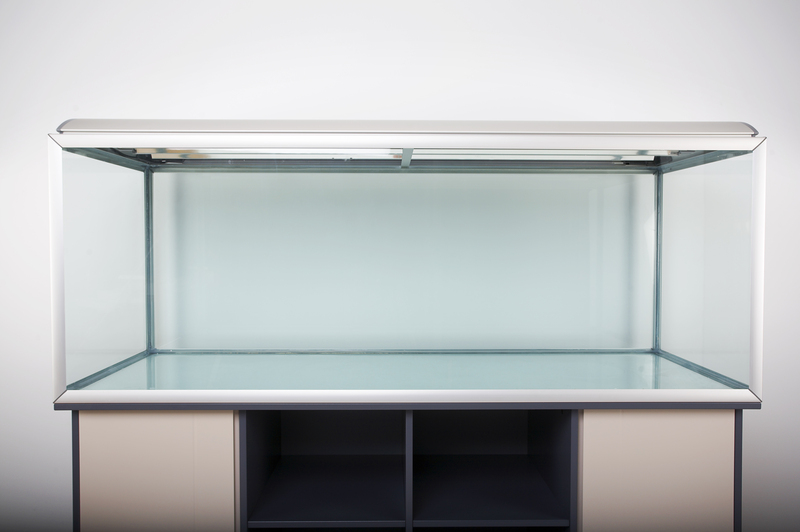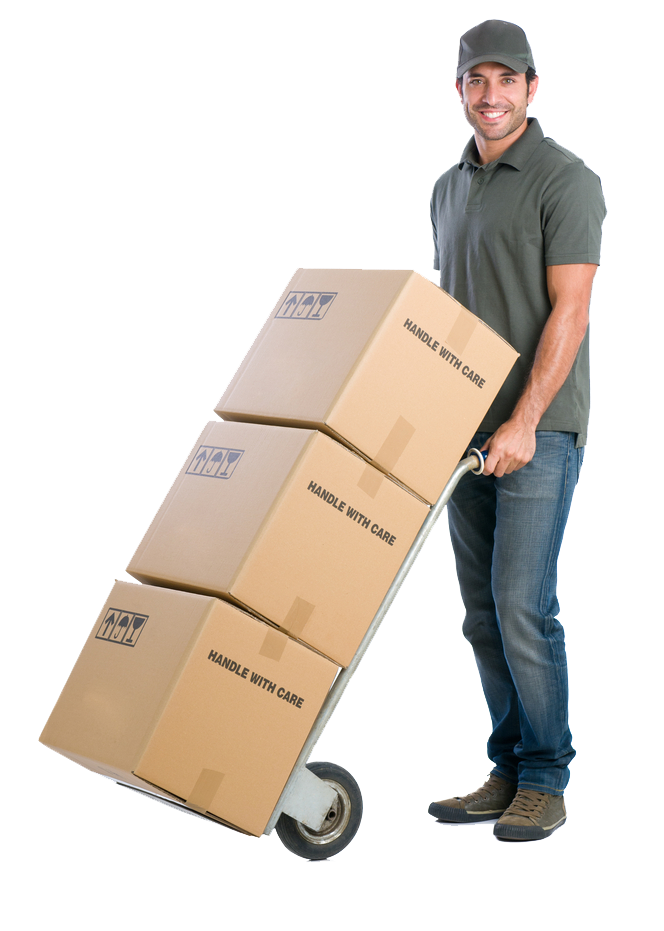Safe Moving: Preventing Breakage of Fragile Items
Posted on 17/02/2025
Moving can be one of the most stressful experiences of our lives, especially when it comes to transporting fragile items. Whether it's your grandmother's china, delicate glassware, or an expensive piece of art, ensuring these items reach their new destination intact requires careful planning and execution. This comprehensive guide will help you move fragile items safely and efficiently.
1. Plan Ahead
One of the key components of a successful move is proper planning. Start by making an inventory of all the fragile items you intend to move. This will help you organize your packing process and ensure that you have the necessary supplies.

2. Get the Right Packing Supplies
Investing in quality packing materials is crucial. Here are some essential supplies you should consider:
- Bubble Wrap: Ideal for wrapping delicate items and providing cushioning inside boxes.
- Packing Paper: Provides an extra layer of protection for fragile items.
- Sturdy Boxes: Opt for smaller, sturdy boxes to avoid overpacking.
- Padding Materials: Foam peanuts, towels, and soft clothing can add an extra layer of protection.
- Tape and Labels: Secure your boxes adequately and label them clearly as "Fragile".
3. Packing Techniques
How you pack your items can make a significant difference in their safe transportation. Follow these tips to pack fragile items effectively:
- Use Smaller Boxes: Smaller boxes are easier to handle and reduce the risk of items shifting inside.
- Wrap Each Item Individually: Use bubble wrap or packing paper to secure each item separately.
- Layer the Bottom of the Box: Create a cushioning base using foam peanuts or crumpled packing paper.
- Fill Any Gaps: Ensure there are no empty spaces by filling gaps with padding materials.
- Label Your Boxes: Clearly mark boxes with fragile items and indicate which side should face up.
4. Specialized Packing for Specific Items
Some items require special packing considerations:
- Plates and Glassware: Stack plates vertically and use cardboard dividers for glasses.
- Electronics: Use original packaging if available or wrap in anti-static bubble wrap.
- Mirrors and Frames: Use corner protectors and wrap thoroughly with bubble wrap.
5. Safe Loading and Transportation
Proper handling during loading and transportation is essential for preventing damage:
- Heavy Items First: Load heavier items at the bottom of your moving vehicle.
- Secure Items: Use straps and ropes to prevent items from shifting during transit.
- Drive Carefully: Avoid sudden stops and sharp turns.
Pros and Cons
When it comes to moving fragile items, there are both pros and cons to consider:
Pros:
- Ensures the safety of valuable items.
- Reduces stress and anxiety during relocation.
- Prevents costly repairs or replacements.
Cons:
- Requires more time and effort for packing.
- Higher cost due to specialized packing materials.
- Potential for loss or damage if not packed correctly.
Tips
- Start packing early to avoid last-minute stress.
- Consult professional movers for high-value or exceptionally fragile items.
- Keep an inventory list and check items upon arrival.
- Consider purchasing moving insurance for expensive or irreplaceable items.

Takeaways
- Proper planning and the right supplies are essential.
- Packing techniques can significantly impact the safety of fragile items.
- Specialized packing for different items is necessary.
- Loading and transportation must be handled with care.
Conclusion
Moving fragile items requires diligence, the right materials, and proper techniques. The safety of your delicate belongings hinges on how well you plan, pack, and organize the move. By following the tips and suggestions outlined in this article, you can minimize the risk of breakage and enjoy a smoother, stress-free moving experience. Remember, the investments you make in quality packing supplies and careful handling will pay off when your cherished items arrive safely at your new home.





